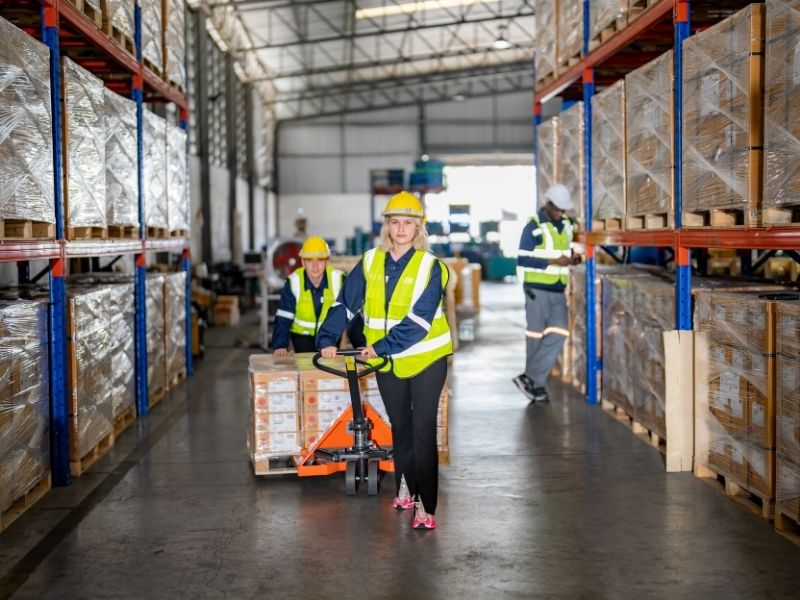Investing in industrial real estate presents a fascinating range of opportunities—and challenges. When diving into this sector, understanding the differences between heavy and light industrial properties is essential for making informed investment choices. Both types play critical roles in the industrial landscape, but they differ significantly in their uses, tenant profiles, and, importantly, their risk and return dynamics.
Heavy industrial: high investment, high complexity
Heavy industrial properties are the giants of this sector. They typically house manufacturing plants, large-scale fabrication sites, and facilities for processing raw materials, such as steel mills or chemical plants. As you might guess, these facilities require significant capital investment both to build and maintain. With specialized equipment and strict regulatory requirements, investors must be prepared for lengthy due diligence and potentially higher upfront costs.
However, the upside is that heavy industrial leases are often longer term, with tenants locking in properties for decades due to the customization involved. This can provide reliable, stable cash flows for investors. Of course, the flip side is a smaller pool of potential tenants and higher exposure if a tenant vacates, making asset repositioning quite challenging.
Get expert guidance and personalized attention during your entire real estate journey. Contact us today.
Light industrial: agility and versatility
Light industrial properties, on the other hand, focus on flexible uses: warehousing, distribution, assembly, and small-scale manufacturing. These spaces generally boast simpler layouts and lower build-out requirements. For investors, this translates to lower entry costs and shorter lead times to reposition or retrofit assets to meet evolving tenant needs.
You might be interested: Net lease properties: Why investors are flocking in
From a risk and return perspective, light industrial often boasts broader tenant demand. E-commerce growth, for example, has fueled the soaring need for distribution centers. However, leases can be shorter, and market volatility can influence occupancy rates and cash yields. Still, the diversity of potential tenants can help smooth out volatility compared to the heavy industrial world.
Balancing the portfolio: strategic considerations
Investors evaluating these asset classes must weigh their own risk tolerance and investment horizons. Heavy industrial may offer stable, long-term returns, but with greater asset-specific risk. Light industrial can provide flexibility and growth potential, but with more variable tenancy. In my view, a balanced portfolio may benefit from a thoughtful mix of both—capturing the best of stability and adaptability in today’s dynamic industrial market.
If you found our article useful, please share it with others and don’t forget to follow us on Facebook, Instagram and LinkedIn as well as check out our services at agorare.com

